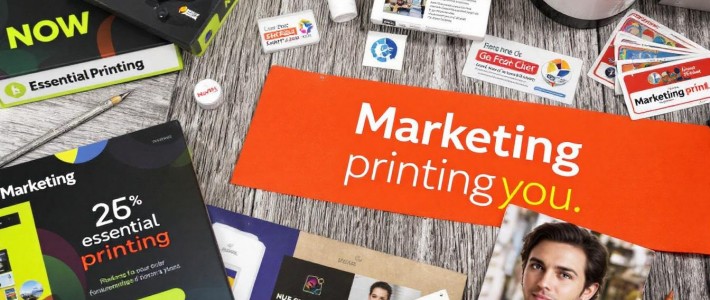
Marketing Print Essentials: Frequently Asked Questions
What print materials should every business have?
Every business needs business cards, brochures or flyers, branded letterhead and envelopes, and signs or banners. These help with branding, share information, and make your company easy to recognize.
How do I pick the right paper for my print project?
Think about your message and how people will use the printed piece. Use thicker, glossy paper for materials you want to stand out, like postcards or presentation folders. Stick with matte for forms or documents where people might write notes. Ask your print provider if you're not sure.
Can I use the same design files for both digital and print?
Usually, you’ll need separate files. Print projects need higher resolution (300 dpi or above) and use CMYK color, while digital files are optimized for screens (72 dpi, RGB color). Always check the requirements before submitting files.
What’s the best file format to send to a printer?
PDF is safest because it keeps fonts, images, and layout as you designed them. Some printers may accept high-resolution JPEG, TIFF, or AI files. Always confirm with your print shop first.
How can I make my printed materials look more professional?
Use high-quality images, keep text clear and easy to read, and stick to your brand’s colors and fonts. Don’t crowd the page. Always review a proof before final printing.
How long does it take to get print materials?
Simple jobs like business cards can take a day or two if the design is ready. Larger or more complex orders may take up to a week or more. Ask your printer for a timeline when you place your order.
Do I need to include bleed in my document?
Yes, if the design goes to the edge of the page. Add about 1/8 inch (0.125 inch) extra space on all sides. This helps avoid white borders once the print is trimmed.
Is it worth using recycled or eco-friendly paper?
Eco-friendly paper often looks just as good as standard paper and can help your business with green goals. Many printers offer recycled options that don’t cost much more.
What’s the difference between digital printing and offset printing?
Digital printing is best for short runs and quick turnarounds. Offset printing is better for large orders and gives consistent color across many pieces. Your print job size and budget will help decide which to use.
Can I print small quantities without paying extra?
Digital printing makes small runs affordable. You won’t face high setup costs as you would with offset printing. You can print as few as 10 or 20 copies without breaking the bank.
How do I prepare my design to avoid print mistakes?
Use high-resolution images, check colors, include bleed if needed, and use the correct file format. Always review a proof (printed or digital) to catch errors before production.
Will my print materials match the colors I see on my screen?
Colors may look different in print. Monitors use light to display color, while printers use ink. Ask for a printed proof if matching color is important.
Can I include QR codes on printed materials?
Yes, QR codes are easy to add and help bridge print with digital. Make sure your code is clear, test it before printing, and keep it large enough to scan easily.
Should I use templates or hire a designer?
Templates save time and money, but a designer can create unique, on-brand print materials. If you need something fast and simple, templates work. For standout projects, go with a designer.

Leave a Comment